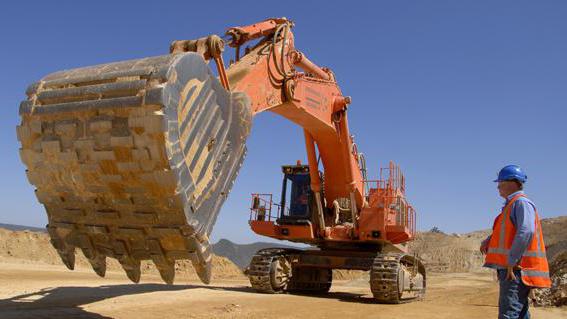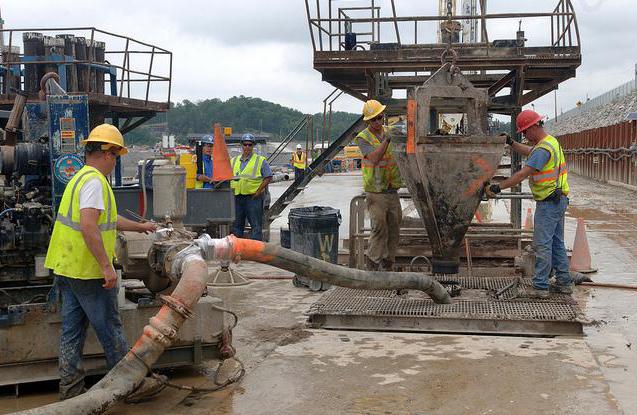Financial analysts of any enterprise conduct research in the field of organization of its work, optimize business activity indicators. Fixed assets are investigated in some detail. Product quality and future profits depend on this. Therefore, the capital-labor ratio, the formula of which allows us to assess the condition of equipment and other production assets, is necessarily used by analysts.
General concept
The capital-labor ratio is an indicator that allows you to evaluate the effectiveness of the use of production assets of the organization. It makes it clear how the staff is provided with basic means of labor. The quality of work depends on this.
The excess of the number of production assets over the real need for them leads to downtime, inappropriate use of technology. The disadvantage also reduces labor productivity and requires immediate optimization. This will make it possible to receive the greatest amount of profit.
The capital-labor ratio is relative indicator. It provides information on the cost of equipment per employee engaged in core activities, or all employees of the company.
The coefficient can be calculated both for one site, and for the entire enterprise as a whole. This makes it possible to track the distribution structure of production assets.
Data collection
The capital-labor ratio, the formula of which will be considered below, requires the correct collection of information. To do this, refer to the financial statements of the enterprise. The accounting documents indicate the number of employees. It is important to review personnel by category. In separate groups are formed engineers, workers, employees and maintenance personnel. It is also advisable to have information on the classification and number of employees for each production site.
Then you need to collect information about book value fixed assets. Here, it is also necessary to study their size in areas, production workshops. To find the value of fixed assets at the date of the calculation, you need to subtract from the quantity at the beginning of the period the retired equipment and buildings, vehicles, etc.
The analysis implies the need to make a calculation for all structural units of the enterprise to study the structure of the indicator. So it will be possible to eliminate the negative trends for each workshop separately.
Calculation formula
To calculate the capital-labor ratio, you must use the data of the balance sheet. It is also necessary to study the data of the financial statements of the enterprise.
Capital intensity, capital ratio are the inverse indicators. Therefore, they are usually calculated together. But the second coefficient is able to provide information on the value in monetary units of fixed assets of production, which are per employee. The formula is as follows:
Kfv = Average value of fixed assets / Average list of employees.
To make the calculation, it is necessary to use the data of the financial statements of the enterprise and present the formula in the following form:
Kfv = (OS + OSp * M1 / 12 + OSv * M2 / 12) / T, where OS is fixed assets at the beginning of the study period, OSP is the introduced production assets, OSV is the eliminated production assets, M1 is the number of months of using new production means , M2 - the number of months of operation of old equipment that was withdrawn from the enterprise,T is the number of employees.
Calculation Example
The capital-labor ratio, the formula for the balance of which was presented above, requires consideration by example. Her calculation is pretty straightforward. After collecting the necessary information, it must be inserted into the equation.
For example, the company has established the average number of workers in the workshop in the amount of 240 people. The cost of equipment of this site amounted to 2 896 thousand rubles. During the period under review, there were no changes in the number of personnel and fixed assets. The capital-labor ratio will be as follows:
Kfv = 2896/240 = 12.07 thousand rubles. per person.
In order not to make cumbersome calculations associated with the introduction (retirement) of equipment in production, for research it is necessary to apply the information obtained in accounting at the date of its implementation. Here, the amount of existing fixed assets will already be determined.
Analysis of fixed assets
The ratio of capital to labor ratio reflects changes in the labor productivity of company employees. Its increase indicates a positive trend. To properly analyze the coefficient, you need to delve deeper into the structure of fixed assets.
They are conditionally divided into two categories. The first is the active group of property of the enterprise. These are equipment, machine tools, machines, transport, etc. The second group is passive means. These include structures, industrial premises, buildings for various purposes.
Study in dynamics first fixed asset groups provides an opportunity to assess the automation of the site or the entire enterprise. Its increase indicates a positive trend. Automation helps to increase competitiveness and attractiveness for investment.
Interpretation of the result
The capital-labor ratio, the formula of which was presented above, allows us to draw certain conclusions about the organization of the means of production of the company. If the coefficient, tracked in dynamics, increases, this indicates an increase in the efficiency of use of production tools.
With a decrease in the indicator, the conclusion is also negative. The dynamics of the indicator, which tends to decrease, indicates the inefficient use of fixed assets. In this case, an assessment is made of all indicators of the organization of fixed assets, and measures are being developed to improve them.
Having studied such an indicator as capital-labor ratio, the formula of which allows to determine its value by balance, it is possible to analyze the organization of work of the main production assets of the company. This will help identify ways to improve and increase productivity in the future.








